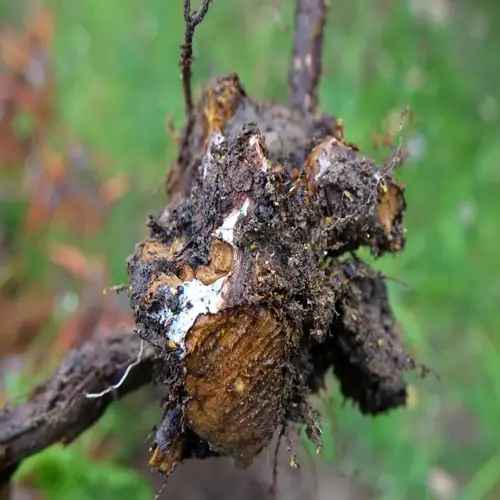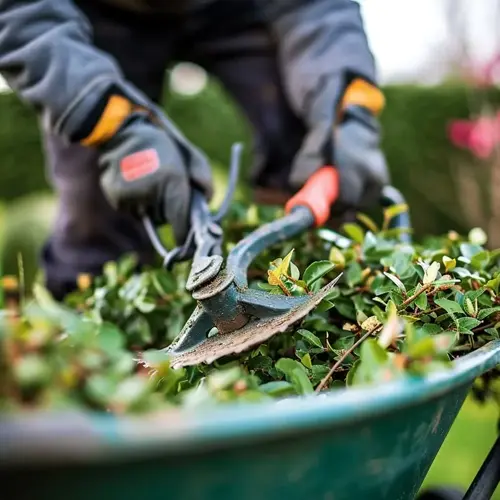Can you add too much gypsum to clay soil?

Written by
Tina Carter
Reviewed by
Prof. Samuel Fitzgerald, Ph.D.The application of gypsum needs to be well considered in improving clay soils. While gypsum has a beneficial effect on certain clay soils, it can cause significant nutrient imbalances if applied incorrectly or in excessive amounts. Understanding the limitations of gypsum enables you to avoid unintended harm to your soil's structure and the health of your plants.
Gypsum overuse leads to calcium dominance, locking out other essential nutrients. Magnesium, potassium, and phosphorus become less available to plants under high-calcium conditions. Soil testing is still necessary before applying any gypsum to determine the real sodium concentrations.
Soil Testing Requirements
- Parameter: Sodium adsorption ratio above 13%
- Frequency: Test every 3 years minimum
- Depth: Sample 6-12 inch root zone
- Result: Apply only if sodium dominates
Application Limits
- Rate: Maximum 50 lbs per 1000 sq ft annually
- Timing: Early fall before rain season
- Mixing: Incorporate lightly into topsoil
- Caution: Avoid consecutive year applications
Alternative Solutions
- Organic: 3-4 inches compost improves all clay types
- Drainage: Install French drains for chronic water issues
- Cover Crops: Daikon radish breaks up compaction
- pH Balance: Lime for acidic clay sulfur for alkaline
Identify obvious signs of gypsum over-application. Visible white crusting on the soil surface indicates a significant amount of calcium buildup. The inability of water to infiltrate sufficiently, despite the amendment, indicates a nutrient imbalance. Yellowing leaves and restricted growth indicate a potential nutrient lockup.
Correcting gypsum problems requires a thorough remediation approach, overwater excess amounts of calcium with deep infrequent watering, not just frequent watering. Amend the soil with sulfur in subsequent applications to counteract the excess calcium. Finally, focus on organic matter applications to restore soil biological activity and nutrient cycling in disturbed soil.
Generally speaking, organic amendments outperform gypsum on most clay soils. Compost and aged manure provide sufficient, balanced nutrition and pose no risks associated with using them to amend clay soils. Additionally, the use of cover crops improves the structure of clay soil, as they remediate the soil through their deep root systems. Ultimately, the above amendments and cover crops provide sustainable improvement.
Read the full article: Soil Amendments for Clay: Transform Your Garden

